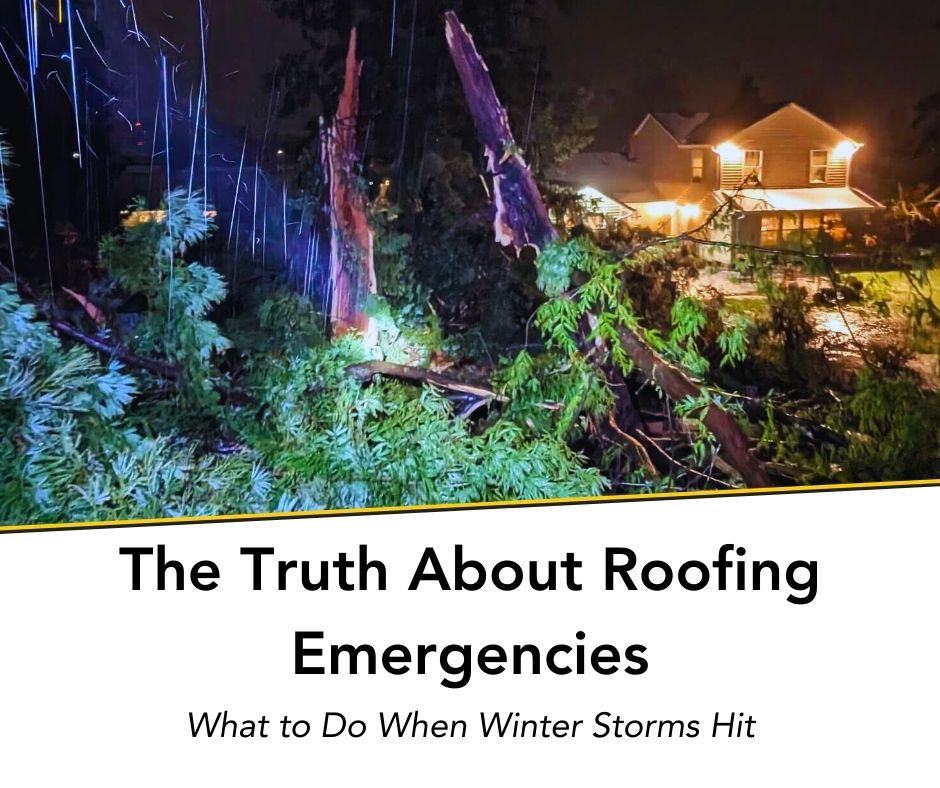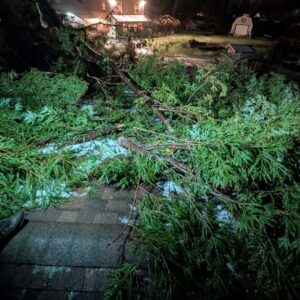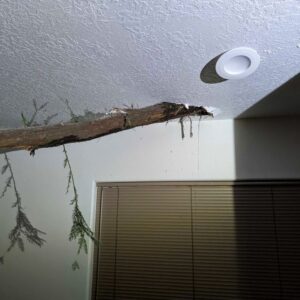

Late summer weather in Oregon brings more than just warm evenings and golden sunsets—it also marks the arrival of storm season, and often the time for last minute residential roof maintenance and repairs. Sudden downpours, gusty winds, and even the occasional thunderstorm can put your roof to the test. If you’re a homeowner wondering how to get your roof storm-ready, this is the place for you.
Here’s what every homeowner should know about preparing for late-summer weather and how to protect their home from unnecessary storm damage to their roof.
While Oregon’s weather is famously mild, August through October often sees an uptick in thunderstorm activity—especially in the Willamette Valley and central/eastern parts of the state. These storms are often fueled by a mix of summer heat and moisture from the Pacific ocean, resulting in:

Storm season may not last long, but it can leave lasting damage—especially if your roof isn’t ready or the area around your home isn’t maintained properly. This can lead to the need for commercial and residential roof maintenance and repairs depending on your unique situation.
Oregon thunderstorms may not look like Midwest tornadoes, but they can still wreak havoc on unprepared homes. Common roofing issues during storm season include:

If your roof is already aging or compromised, even a mild storm could lead to costly residential roof repairs. If you’re concerned about your roof, contact our team for a roof inspection.

A little roof maintenance and repairs preparation can go a long way. Here are some proactive steps Oregon homeowners can take to protect their roofs before late-summer storms arrive:
A professional roof inspection is the best way to catch small issues—like cracked flashing or missing shingles—before they turn into leaks. Look for a licensed roofer in Oregon who can identify storm-specific vulnerabilities.
Blocked gutters can lead to water backing up under your shingles or around your foundation. Clearing leaves, pine needles, and other roof debris helps ensure proper drainage during heavy rain events.
Tree limbs that hang over your roof can snap during wind or rain, damaging shingles or breaking skylights, or fully compromising your roof in extreme situations. We recommend keeping branches trimmed to at least 6–10 feet away from the roof surface, and remove any dead branches before storms occur.
Make sure all roof penetrations—commonly known as vents, chimneys, skylights—are properly sealed and flashed. These areas are common entry points for stormwater when they are compromised.
Beyond basic residential roof maintenance, it’s smart to keep a few other things in mind as storm season approaches:

At Dakota Roofing, we specialize in storm-ready residential roof maintenance in Oregon. Whether you’re due for a routine inspection or thinking about upgrading to more weather-resistant materials, our team is here to help. We serve homeowners throughout the Willamette Valley and along the coast, helping protect what matters most—your home and all that it contains.
Is your roof ready for Oregon’s next storm season?
Not sure? Let’s make sure it is.
Contact Dakota Roofing today for an expert inspection and peace of mind before the clouds come rolling in.
SEO Keywords included:
roof storm season Oregon, roof inspection Willamette Valley, storm damage roof Oregon, roofing company Oregon, prepare roof for storm



